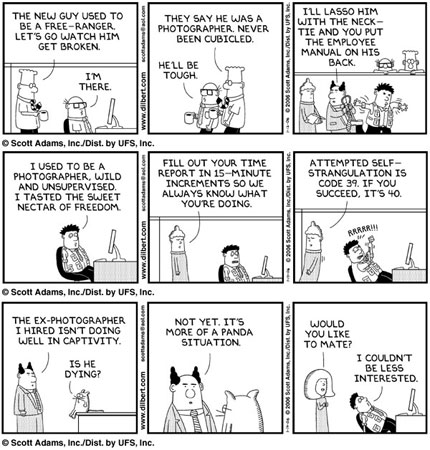And The Staffers Go Marching One By One...
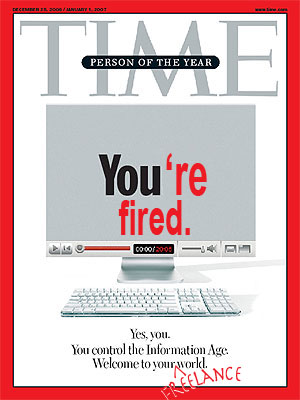 The bloodbath continues. Last week, we learned that Time Inc was slashing their most valuable resource, among those to go, staff photographers. What's that you say? The CEO two years ago, Ann Moore followed the mantra of everyone else at the time when she announced that it's employees were their most valuable resource. So, 300 or so people must go, but, well, they'll be able to freelance for the corporation, of course! It's just that, well, when they remodeled, they needed more desk space and fewer people in the elevators in the morning, since not enough parking spaces were vacated with the combined 350 that were slashed early last year. According to a Time Inc spokesperson they wanted to "focus on increasing efficiencies". Nice.
The bloodbath continues. Last week, we learned that Time Inc was slashing their most valuable resource, among those to go, staff photographers. What's that you say? The CEO two years ago, Ann Moore followed the mantra of everyone else at the time when she announced that it's employees were their most valuable resource. So, 300 or so people must go, but, well, they'll be able to freelance for the corporation, of course! It's just that, well, when they remodeled, they needed more desk space and fewer people in the elevators in the morning, since not enough parking spaces were vacated with the combined 350 that were slashed early last year. According to a Time Inc spokesperson they wanted to "focus on increasing efficiencies". Nice.
What truly blows, is that, for the folks at Sports Illustrated, they had to work last Monday, so they had been given Thursday, the day of all the layoffs, off, to make up for the earlier-in-the-week workday. So, guess what?  An e-mail goes out to them. This one hits 3 photographers, and those that are photographers are being given the opportunity to "volunteer" to be laid-off, incase any of them were thinking of leaving anytime soon - now's the time!
An e-mail goes out to them. This one hits 3 photographers, and those that are photographers are being given the opportunity to "volunteer" to be laid-off, incase any of them were thinking of leaving anytime soon - now's the time!
This isn't the first time that Time Inc has slashed it's own wrists, as the lifeblood seeps from it's core, just it's most recent attempt at suicide. People Magazine used to have an amazing cadre of staff photographers who produced great images of people (yes, people, real, indepth stories about people, not just people who make movies or music), from the everyday to the extraordinary. Even the everyday person would be well photographed, well lit, and otherwise, happy to appear in the magzine. Before People though, was Life. No less than Arnold Newman fought against Life - as a contractor - over the subject of photographers rights and won. However, a decade or so later, Life was slashing staff, and eventually, as the talented staff numbers declined, so did the readership, and thus, it closed it's doors except for the occasional special edition they put out now. The upper management at Time Inc, who seem to be immune from slashing within their own ranks, should look back, as history may well repeat itself.
Before People though, was Life. No less than Arnold Newman fought against Life - as a contractor - over the subject of photographers rights and won. However, a decade or so later, Life was slashing staff, and eventually, as the talented staff numbers declined, so did the readership, and thus, it closed it's doors except for the occasional special edition they put out now. The upper management at Time Inc, who seem to be immune from slashing within their own ranks, should look back, as history may well repeat itself.
And now, a happy tune that will take you back to your childhood (play along if you'd like with a click of the "play" button below):
The staffers go marching one by one, hurrah, hurrah
The staffers go marching one by one, hurrah, hurrah
The staffers go marching one by one,
The fired one stops to suck his thumb
And they all go marching down to the ground
To get out of the way, HIRE! HIRE! HIRE!
(for the full set of lyrics, visit (among many others) this NIH.gov site.Now that I've got that out my system, I think that these conglomerates should be doing just the opposite, and as I neatly modified the song -- HIRE some damn staffers!
This isn't the first time that cuts have been made in the name of greater profits. Look no further than the Seattle Times, The San Jose Mercury News, the New York Times, Gannett, and even 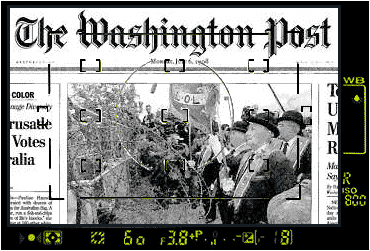 The Washington Post. Several photographers there were given the opportunity to go, and the opportunity to freelance back for the paper. Of course they got a buyout package, but the bean counters who first determined that it was cheaper to hire freelancers and get the same "all rights/copright" package from them that they were getting from their employees, also did the math to make sure that the package that was offered, combined with the staff cost savings, minus the pay schedule for the same amount of work they had done in the previous year, resulted in lower costs for the paper, and thus less money for the soon to be freelancer.
The Washington Post. Several photographers there were given the opportunity to go, and the opportunity to freelance back for the paper. Of course they got a buyout package, but the bean counters who first determined that it was cheaper to hire freelancers and get the same "all rights/copright" package from them that they were getting from their employees, also did the math to make sure that the package that was offered, combined with the staff cost savings, minus the pay schedule for the same amount of work they had done in the previous year, resulted in lower costs for the paper, and thus less money for the soon to be freelancer.
If you are a staff photographer who is about to be, or has been laid-off, or forced to take a buyout, send me an e-mail. If you weren't somehow fired because you were kicking cats or something, I will send you a free copy of my book to start your soon to be freelance career off right.
I want more staffers, not less. I want freelancers to be paid more than staffers, since it is the freelancer who has all the added expenses of equipment, insurance, and so on, to carry in order to serve the publication, and the only way the photo editor can justify keeping a staffer on is if that staffer costs less than the freelancer. The beauty of the staffer is that they can provide a consistent visual feel to the publication, and, as a staffer who can't work for the competition, there is a way to differentiate between two competing publications, thus, the seemingly intangible benefit of a staffer.
Please post your comments by clicking the link below. If you've got questions, please pose them in our Photo Business Forum Flickr Group Discussion Threads.
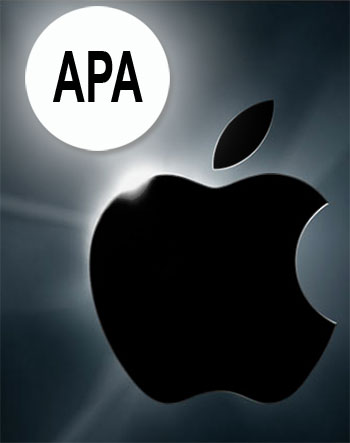 I'm headed to The Big City! The last time I was in New York I was Amazon's official blogger for the PhotoPlus Expo! This one will be a quick trip up and back for a preseantion at the Apple Store in SoHo.
I'm headed to The Big City! The last time I was in New York I was Amazon's official blogger for the PhotoPlus Expo! This one will be a quick trip up and back for a preseantion at the Apple Store in SoHo.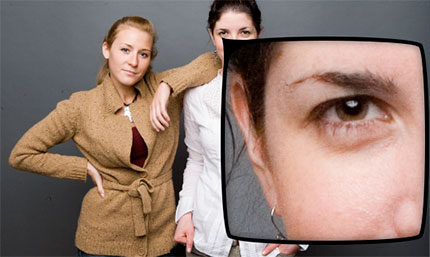

 Today marks the day when several other blogs and sites picked up on this blog, something I've been doing for a while, as well as a private insights and counsel I've been giving for years now. However, today I was found by two clients online, at the same time. Interestingly enough, I can be found first on Google's
Today marks the day when several other blogs and sites picked up on this blog, something I've been doing for a while, as well as a private insights and counsel I've been giving for years now. However, today I was found by two clients online, at the same time. Interestingly enough, I can be found first on Google's 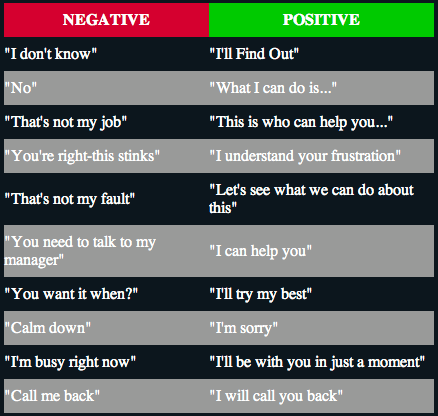
 I'm heading to Texas -- to the Professional Photographer's of America gathering known as ImagingUSA, where I will be presenting on, what else? Best Business Practices for Photographers. My Monday session, January 15, causes me to be an early riser that day, but I am excited about this presentation. To learn more, visit
I'm heading to Texas -- to the Professional Photographer's of America gathering known as ImagingUSA, where I will be presenting on, what else? Best Business Practices for Photographers. My Monday session, January 15, causes me to be an early riser that day, but I am excited about this presentation. To learn more, visit 